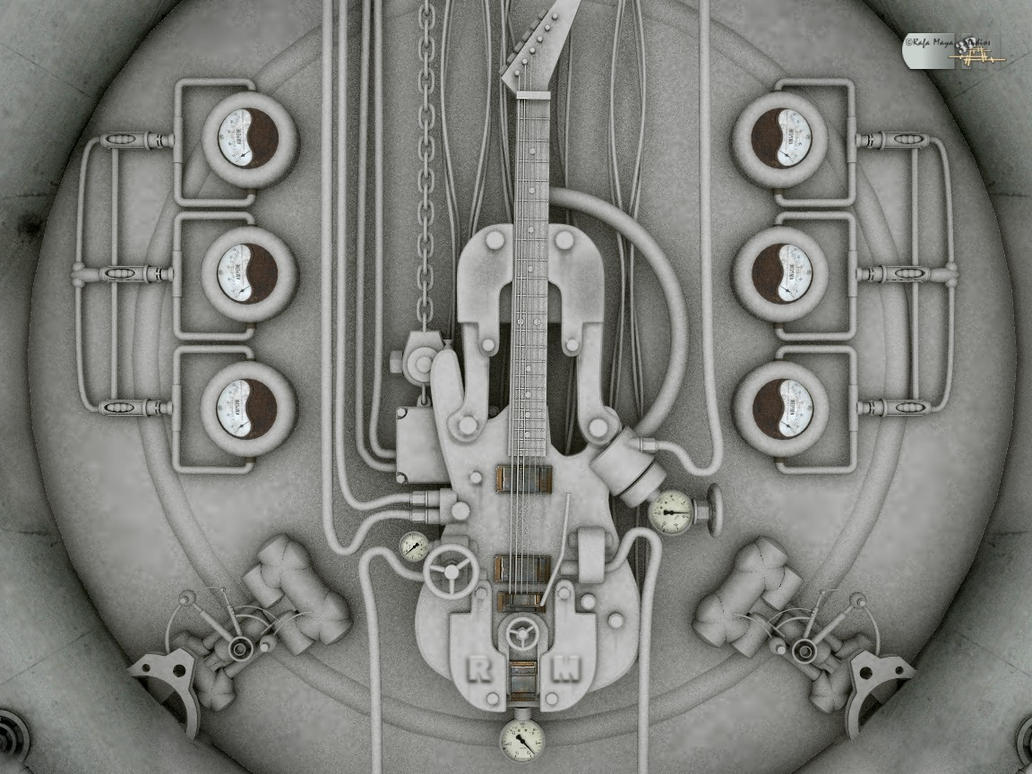One handed guitar avenues for further research
Tuesday, 19 April 2011
Patient with full left hand mobility on a standard right handed guitar
Tasks involved:
A - Implementing an automatic plucking/strumming system driven by
Solutions:
1) Simple mechanical mechanism
2) Ebow tech driven exciter
B - Establishing sensor system in neck
Solutions:
1) Strings close circuit on fret initiating string exciters
2) String depression breaks infrared sensor under string
3) Pressure sensors in fret board
C - Foot pedal for strum orientation
Solutions:
1) A digital foot pedal
Patient with full right hand mobility on a standard left handed guitar.
Tasks involved:
A - Implementing a chordal/melodic system
Solutions:
1)Preprogramed strum gestures for preprogrammed chord sequences
2) Digital foot pedal chord selector
Research Required
Research into the capabilities of recovering stroke victims ( to tailor the instrument accordingly) and the opportunity for neurological “re-routing” in hopes of regaining the abilities lost via isolated brain damage are required.
Rhythm therapy is known to play a large part in the re-assignment of neural pathways in the brain and as such would need to be studied in depth. The original idea was for the instrument to provide therapeutic relief in that it allows an injured guitar player to resume their hobby post-trauma, but I see no reason why a rhythmical emphasis cannot be introduced to simultaneously support the patients recovery.
Research will be needed into the neurological mechanics that support playing so that, for example: a patient using a footpad to excite a string with the right foot while simultaneously playing as normal with his her uninhibited left hand would not only be engaging in a mode of expression that 10 years ago would have been impossible for a patient in his/her position, but is also supporting the reconnection of left and right hemispheres of the brain.
From the studies completed to date, I can also see how this would be of use to those patients suffering from autism as well as stroke victims.
Resolving theories of neurological development/healing with a mode of interaction for the instrument must be to the forefront of this research.
Research into instrument design for the partially abled is a requirement with an eye toward usability also research into the most pertinent materials for any end product will be required.
Tasks involved:
A - Implementing an automatic plucking/strumming system driven by
Solutions:
1) Simple mechanical mechanism
2) Ebow tech driven exciter
B - Establishing sensor system in neck
Solutions:
1) Strings close circuit on fret initiating string exciters
2) String depression breaks infrared sensor under string
3) Pressure sensors in fret board
C - Foot pedal for strum orientation
Solutions:
1) A digital foot pedal
**All points take into consideration cost vs expressive range afforded patient**
Tasks involved:
A - Implementing a chordal/melodic system
Solutions:
1)Preprogramed strum gestures for preprogrammed chord sequences
2) Digital foot pedal chord selector
**All points take into consideration cost vs expressive range afforded patient**
Research Required
Research into the capabilities of recovering stroke victims ( to tailor the instrument accordingly) and the opportunity for neurological “re-routing” in hopes of regaining the abilities lost via isolated brain damage are required.
Rhythm therapy is known to play a large part in the re-assignment of neural pathways in the brain and as such would need to be studied in depth. The original idea was for the instrument to provide therapeutic relief in that it allows an injured guitar player to resume their hobby post-trauma, but I see no reason why a rhythmical emphasis cannot be introduced to simultaneously support the patients recovery.
Research will be needed into the neurological mechanics that support playing so that, for example: a patient using a footpad to excite a string with the right foot while simultaneously playing as normal with his her uninhibited left hand would not only be engaging in a mode of expression that 10 years ago would have been impossible for a patient in his/her position, but is also supporting the reconnection of left and right hemispheres of the brain.
From the studies completed to date, I can also see how this would be of use to those patients suffering from autism as well as stroke victims.
Resolving theories of neurological development/healing with a mode of interaction for the instrument must be to the forefront of this research.
Research into instrument design for the partially abled is a requirement with an eye toward usability also research into the most pertinent materials for any end product will be required.
Labels: avenues, for, further, guitar, handed, one, research, roddy, stephen
Comments - 0
Since Tuesday, 19 April 2011
Piano Mod Theme © 2009 Blogger Templates Sponsored by Poems :: All Rights Reserved
